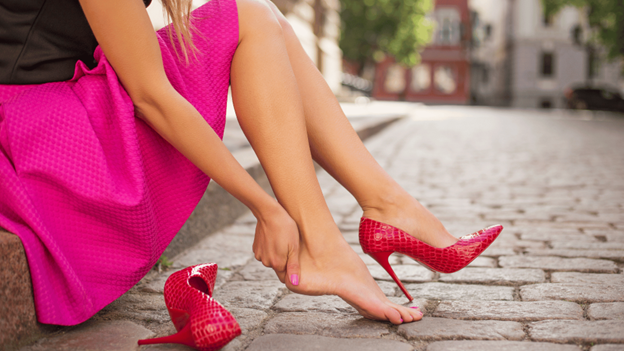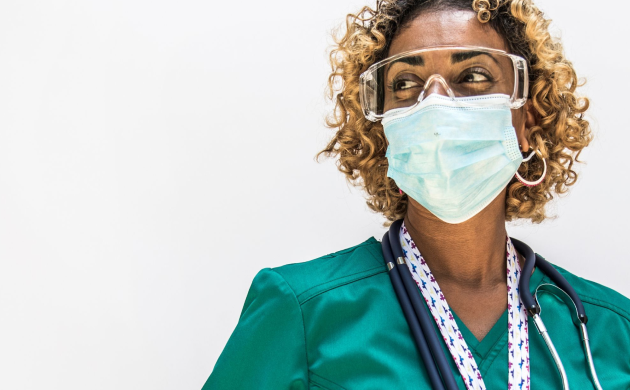
Should you pop a blister? Your guide to dealing with blisters
Blisters can be quite a nuisance, can't they? Whether it's from a new pair of shoes, an intense workout, or just bad luck, these little bubbles of discomfort can pop up when you least expect them.
But what's the best way to handle them? Should you pop a blister or let it be? We get to the bottom of blister causes and treatment in the guide below.
What causes blisters?
Blisters typically form in response to friction, heat, or irritation. Here are some common causes.
- Friction. When your skin rubs against something repeatedly (like shoes or tools), it can lead to a blister.
- Heat. Exposure to excessive heat, like a scorching beach or a sizzling grill during the summer, can cause your skin to heat up and blister.
- Irritation. This might happen if you accidentally spill a harsh cleaning solution on your skin or touch a plant like poison ivy.
- Infections. Blisters can be a sign of underlying infections, like herpes or chickenpox. If your blister does not go away on its own or you experience symptoms like itching or pain, stop by your local CityMD urgent care for evaluation and treatment.
Should you pop a blister?
Patients often wonder if they should pop a blister or leave it be? The answer is you should not pop a blister. When a blister forms it serves as a protective barrier for your skin. This small bubble of skin acts as a shield against potential infections and further irritation. If you pop it, the skin no longer has that layer of protection.
What does an infected blister look like?
Keep a watchful eye on blisters, as they can occasionally become infected. Here's what you should be on the lookout for.
- Increased redness. If the redness around the blister spreads or intensifies, be cautious.
- Swelling. Noticeable swelling around the blister is cause for concern.
- Pus. If the blister oozes greenish or cloudy fluid, it's a strong sign of infection.
- Persistent pain. Intensifying or persistent pain may be related to an infection.
- Warmth. If the area around the blister feels warmer than usual, it may be an infection.
- Fever or chills. An infected blister can lead to systemic symptoms like fever or chills. If you experience these symptoms alongside a suspicious blister, walk into your neighborhood CityMD right away for treatment.
Most blisters heal naturally, but infections require proper treatment.
How to treat a blister
Whether it's on your foot from those stylish new shoes or on your hand from a gardening mishap, treating a blister is essential to ensure a speedy and comfortable recovery. Follow this step-by-step guide the next time you see a pesky blister pop up.
1. Leave it alone if possible.
If your blister is small, unbroken, and not causing you any pain or discomfort, let it be. Your body is good at healing itself, and the blister acts as a natural protective cushion for the injured skin underneath.
2. Cleanliness is key.
If the blister breaks, cleanliness is crucial. Wash the affected area gently with mild soap and water. Avoid using harsh chemicals or excessive scrubbing, as this can irritate the skin further.
3. Apply an antibiotic ointment.
After cleaning, apply a thin layer of antibiotic ointment to the blistered area. This helps prevent infection.
4. Cover it up.
Place a sterile, non-stick bandage or dressing over the blister. This keeps the area clean and protects it from friction and potential contaminants. Change the bandage regularly.
5. Avoid picking at it.
Resist the urge to peel off the top layer of skin that forms over the blister. This skin acts as a natural bandage and protects the healing tissue underneath. Picking at it can slow the healing process and increase the risk of infection.
6. Reduce friction.
If the blister is in an area prone to rubbing against clothing or shoes, consider using a padded blister pad to reduce friction. These products can provide additional protection and comfort.
7. Pain relief.
Over-the-counter pain relievers like ibuprofen or acetaminophen can help alleviate discomfort if the blister is painful. Follow the dosage instructions carefully.
8. Keep an eye on it.
Monitor the blister for signs of infection, such as increased redness, swelling, or pus. If you suspect an infection, seek medical attention promptly.
Blister treatment at CityMD.
Remember, blisters are usually a minor inconvenience and tend to heal on their own with proper care.
However, if you have diabetes or a compromised immune system, or if the blister is particularly large, deep, or shows signs of infection, it is important to consult a physician. At CityMD our team can evaluate and offer treatment for blisters. Just walk in. No appointment is needed.

We’re ready to care for you.
Visit any CityMD urgent care location in your community today for an evaluation with one of our expert providers.